Are you struggling to navigate the complexities of Out of Gauge Freight Forwarding to Canada?
Understanding this specialized shipping method can be daunting, but it is crucial for transporting oversized cargo efficiently. In this comprehensive guide, we will delve into the nuances of Out of Gauge Freight, explore the key qualities to look for in a reliable freight forwarder, and outline the shipping process from documentation to customs regulations. Join us as we unravel the essential aspects of ensuring your out of gauge shipments reach Canada smoothly and cost-effectively.
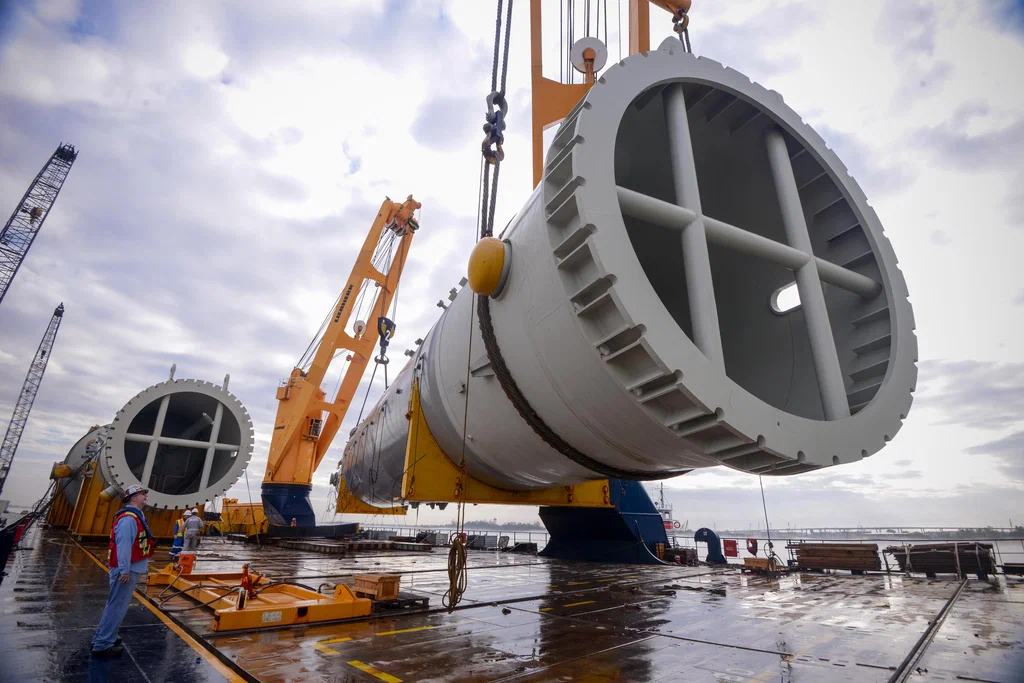
Understanding Out of Gauge Freight Forwarding to Canada
What is Out of Gauge Freight and Why is it Important?
Out of Gauge (OOG) Freight refers to any cargo that exceeds the standard dimensions established by shipping companies or freight carriers. This includes cargo that is either too large, too heavy, or abnormally shaped to fit into standard shipping containers. The significance of OOG freight lies in its unique handling requirements and the specialized equipment needed for transportation. As global trade continues to expand, the demand for shipping oversized items to locations like Canada has surged, making it crucial for businesses to understand the complexities involved in moving such cargo.
OOG freight encompasses a wide range of items, including industrial machinery, construction equipment, large vehicles, and even large-scale infrastructure components. Understanding the characteristics of OOG cargo is essential for importers and exporters as it impacts shipping costs, transit times, and regulatory compliance. Proper management of OOG shipments ensures that cargo arrives safely and on time, minimizing disruptions in supply chains.
Types of Out of Gauge Cargo Commonly Shipped to Canada
Various types of OOG cargo are frequently shipped to Canada, each with its own challenges and requirements. Here’s a breakdown of some common categories:
| Type of OOG Cargo | Description | Examples |
|---|---|---|
| Industrial Equipment | Large machinery used for manufacturing and construction | Cranes, turbines, and compressors |
| Heavy Machinery | Equipment that exceeds standard weight limits | Excavators, bulldozers, and forklifts |
| Modular Structures | Prefabricated buildings or sections that require special handling | Mobile offices and prefabricated homes |
| Wind Energy Components | Items related to renewable energy | Wind turbine blades and towers |
| Marine Cargo | Large vessels and their components | Yachts, boats, and shipping containers |
Shipping OOG cargo to Canada involves navigating specific logistical challenges, including the need for specialized transport vehicles and routes that can accommodate oversized loads. Additionally, understanding local regulations and having the right customs clearance documentation is vital for a smooth shipping process.
Choosing the Right Out of Gauge Freight Forwarder for Canada
Essential Qualities of a Reliable Out of Gauge Freight Forwarder
When selecting an Out of Gauge Freight Forwarder for shipments to Canada, it’s essential to prioritize certain qualities that indicate reliability and expertise. Here are key factors to consider:
Experience and Expertise: A seasoned freight forwarder understands the nuances of OOG shipping and has the know-how to manage specific challenges that may arise.
Network of Contacts: A strong network within the shipping and logistics industry ensures that your freight is handled by reputable and established partners.
Comprehensive Services: Look for a forwarder that offers a wide range of services, including customs clearance, insurance, and door-to-door delivery, to cover all aspects of your shipment.
Transparent Pricing: A trustworthy freight forwarder provides clear and upfront pricing, helping you avoid unexpected costs during transit.
Customer Support: Reliable communication is crucial, especially for OOG shipments. Choose a forwarder that offers dedicated support throughout the shipping process.
Benefits of Using Experienced Out of Gauge Freight Forwarders
Utilizing experienced Out of Gauge Freight Forwarders offers numerous benefits that can enhance the shipping experience. Key advantages include:
Risk Mitigation: Experienced forwarders are adept at identifying potential risks associated with OOG shipping and implementing strategies to address them.
Efficiency: With a deep understanding of logistics, experienced forwarders can streamline the shipping process, reducing delays and ensuring timely arrivals.
Regulatory Compliance: Knowledgeable freight forwarders are well-versed in both domestic and international regulations, ensuring compliance with Canadian Customs requirements and preventing costly fines.
Cost-Effective Solutions: An experienced freight forwarder can provide tailored solutions that optimize shipping routes and logistics, ultimately saving you money.
By partnering with a reputable provider like Dantful International Logistics, you can benefit from our comprehensive, cost-effective, and high-quality one-stop logistics service tailored for global traders. Our expertise in OOG shipping ensures that your oversized cargo is handled with the utmost care and efficiency, allowing you to focus on your core business operations.
READ MORE:
- Shipping From China to the USA
- Shipping From China TO Canada
- Shipping From China TO Mexico
- Shipping From China to Panama
- Shipping From China to Costa Rica
- Shipping From China to Brazil
- Shipping From China TO Colombia
- Shipping From China to Jamaica
- Shipping From China to Venezuela
- Shipping From China to Argentina
The Out of Gauge Shipping Process Explained
Steps Involved in Shipping Out of Gauge Cargo to Canada
Shipping Out of Gauge (OOG) cargo to Canada involves several critical steps to ensure a smooth and efficient process. The complexity of OOG shipments requires careful planning and coordination among various stakeholders. Here are the essential steps involved:
Initial Consultation and Assessment: The first step is to consult with a professional freight forwarder, such as Dantful International Logistics. They will assess the dimensions and weight of your cargo to determine the best shipping solution. This assessment includes evaluating the nature of the cargo and identifying any special handling or shipping requirements.
Choosing the Right Mode of Transportation: Depending on the size, weight, and urgency of your shipment, you can choose between ocean freight, air freight, or rail freight. Each mode has its own advantages and considerations. For example, ocean freight is typically more cost-effective for larger shipments, while air freight is faster but can be more expensive.
Route Planning: Your freight forwarder will create a comprehensive plan that outlines the best route for your shipment. This planning phase takes into consideration the specific dimensions of the OOG cargo and any potential obstacles during transit.
Loading Arrangements: Given the size of OOG cargo, special loading equipment and techniques may be required. This could involve using specialized containers or flat racks and ensuring that the cargo is securely loaded to prevent damage during transportation.
Transportation: Once loaded, the cargo will be transported to the port of departure and then to Canada. It is crucial to monitor the shipment throughout its journey to address any potential issues that may arise.
Customs Clearance: Upon arrival in Canada, the shipment must pass through customs. This requires thorough documentation and compliance with Canadian customs regulations. A reliable freight forwarder will help navigate this process efficiently.
Important Documentation for Out of Gauge Freight
When shipping OOG cargo to Canada, several essential documents must be prepared to ensure compliance with customs and transportation regulations. These include:
Bill of Lading: This document serves as a contract between the shipper and the carrier. It outlines the details of the shipment, including the nature of the cargo, shipping instructions, and the destination.
Commercial Invoice: A critical document that provides a detailed description of the goods being shipped, including their value, which is necessary for calculating duties and taxes.
Packing List: This document lists all items included in the shipment, along with their dimensions and weight. It helps customs officials verify the contents of the shipment.
Certificate of Origin: This document certifies the country in which the goods were manufactured. It may be required for specific products to determine eligibility for preferential tariff treatment.
Import Permit: Depending on the type of cargo, an import permit may be necessary. This permit ensures that the goods comply with Canadian regulations and standards.
Insurance Certificate: Given the high value and potential risks associated with OOG shipments, obtaining insurance coverage is crucial. This document provides proof of insurance for the cargo during transit.
Customs Regulations for Out of Gauge Freight in Canada
Understanding Canadian Customs Requirements for Out of Gauge Shipments
Navigating Canadian customs regulations is a critical aspect of shipping OOG freight. Importers must adhere to specific requirements to ensure the timely clearance of their shipments. Key points to consider include:
Tariff Classification: Understanding the correct tariff classification for your OOG cargo is essential, as it directly impacts the duties and taxes to be paid.
Valuation: The value of the goods must be accurately declared to customs. This includes the cost of the cargo, shipping, and insurance. Failure to provide accurate valuation can result in penalties.
Compliance with Safety Standards: Certain OOG items may be subject to safety inspections or regulatory approvals. Ensure that your cargo meets Canada’s safety and environmental standards.
Duties and Taxes: Be prepared to pay applicable duties and taxes upon importation, based on the declared value and tariff classification of the goods.
Common Challenges and Solutions for Out of Gauge Imports to Canada
Shipping OOG freight to Canada can present various challenges. Understanding these challenges and their solutions can help facilitate a smoother shipping process:
| Challenge | Solution |
|---|---|
| Complex Regulations | Partner with experienced freight forwarders like Dantful International Logistics who are familiar with Canadian customs. |
| High Shipping Costs | Opt for consolidated freight options or negotiate rates with your freight forwarder to find cost-effective solutions. |
| Delays in Customs Clearance | Ensure all documentation is accurate and submitted on time. Use a freight forwarder who can expedite customs processes. |
| Potential Damage to Cargo | Use appropriate packaging and handling methods. Insurance can also mitigate potential financial losses. |
By understanding the shipping process, customs regulations, and potential challenges associated with OOG freight, you can facilitate seamless imports to Canada. Partnering with a knowledgeable and reliable freight forwarder, such as Dantful International Logistics, ensures that your OOG shipments are handled professionally and efficiently.
Cost Factors for Out of Gauge Freight Forwarding to Canada
Breakdown of Costs Associated with Out of Gauge Shipping
When shipping Out of Gauge (OOG) cargo to Canada, it is crucial to understand the various costs involved. The complexity and size of OOG shipments can lead to higher expenses compared to standard freight. Below is a breakdown of the key cost factors that you should consider:
| Cost Factor | Description |
|---|---|
| Shipping Fees | Charges for transporting your OOG cargo, which may vary based on the mode of transport (ocean, air, or rail). |
| Handling Charges | Additional fees for the special handling of oversized and irregularly shaped cargo at the port or airport. |
| Customs Duties | Tariffs and taxes imposed by the Canadian government based on the value and type of cargo being imported. |
| Insurance Costs | Premiums for insuring your shipment against damage or loss during transit. OOG cargo may require specialized insurance. |
| Storage Fees | Costs incurred for storing OOG cargo at the port or warehouse, especially if there are delays in processing. |
| Transportation to Destination | Expenses associated with moving the cargo from the port of entry to its final destination, which may include trucking or rail services. |
| Documentation Fees | Charges for preparing and processing necessary shipping and customs documents specific to OOG shipments. |
Understanding these costs allows importers to create a more accurate budget and prevent unexpected financial burdens during the shipping process.
Tips to Optimize Your Out of Gauge Freight Budget
To ensure that you are getting the best value for your Out of Gauge freight forwarding services to Canada, consider the following tips:
Choose the Right Freight Forwarder: Partnering with a reputable and experienced out of gauge freight forwarder, like Dantful International Logistics, can help you navigate complex requirements and potentially lower costs due to their established relationships and negotiation skills.
Consolidate Shipments: Whenever possible, consolidate your OOG cargo with other shipments. This approach can significantly reduce transportation and handling costs by sharing space and resources. For more on consolidated freight, check consolidated freight shipping.
Plan Ahead: Early planning allows you to take advantage of competitive rates and avoid last-minute fees. Dantful International Logistics offers expertise in scheduling shipments for optimal cost efficiency.
Utilize Technology: Implement logistics management software to track and manage your shipments effectively. This helps in avoiding unnecessary delays and associated costs.
Negotiate Rates: Don’t hesitate to negotiate rates with your freight forwarder. An experienced provider may offer discounts or flexible pricing if you establish a long-term partnership.
Tracking and Managing Your Out of Gauge Shipment
Technology and Tools for Tracking Out of Gauge Freight
Tracking your Out of Gauge freight is essential to ensure that your cargo is safe and arrives on time. Here are some technologies and tools that can enhance your tracking capabilities:
GPS Tracking Systems: Many freight forwarders equip their vehicles and containers with GPS devices, allowing for real-time tracking of your cargo’s location.
Online Tracking Portals: Reliable freight forwarders, such as Dantful International Logistics, provide online portals where clients can track their shipments at any stage of transit. These platforms often offer detailed information, including estimated arrival times and current status updates.
Mobile Apps: Mobile applications can facilitate tracking and allow for immediate communication with your logistics provider, ensuring any issues are addressed promptly.
Automated Notifications: Set up alerts for important milestones in the shipment process, such as departure, arrival at the destination port, and customs clearance, to stay informed without constant manual checking.
Effective Communication with Your Freight Forwarder During Transit
Good communication is vital for the successful management of your OOG shipment. Here are some practices to enhance communication with your freight forwarder:
Regular Updates: Request regular updates on the status of your shipment, especially for OOG cargo, which may require additional handling and processing time.
Point of Contact: Establish a clear point of contact within the freight forwarding company. This ensures you have a dedicated professional who understands your shipment’s specifics and can provide timely assistance.
Discuss Contingency Plans: Inquire about contingency plans in the event of delays or complications during transit. Knowing how your freight forwarder will handle unexpected situations can give you peace of mind.
Feedback Loop: Maintain an open line for feedback regarding the shipping process. Sharing your experiences can help improve service and address any issues proactively.
By leveraging robust tracking technologies and fostering effective communication with your freight forwarder, you can significantly improve the management of your Out of Gauge shipments to Canada, ultimately enhancing your overall shipping experience.

Young Chiu is a seasoned logistics expert with over 15 years of experience in international freight forwarding and supply chain management. As CEO of Dantful International Logistics, Young is dedicated to providing valuable insights and practical advice to businesses navigating the complexities of global shipping.

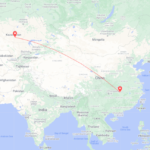
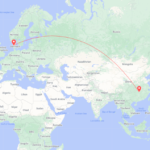
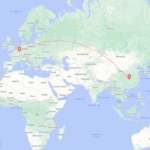
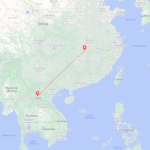

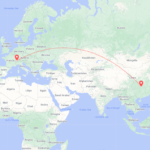
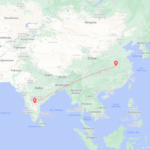
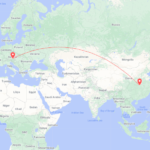




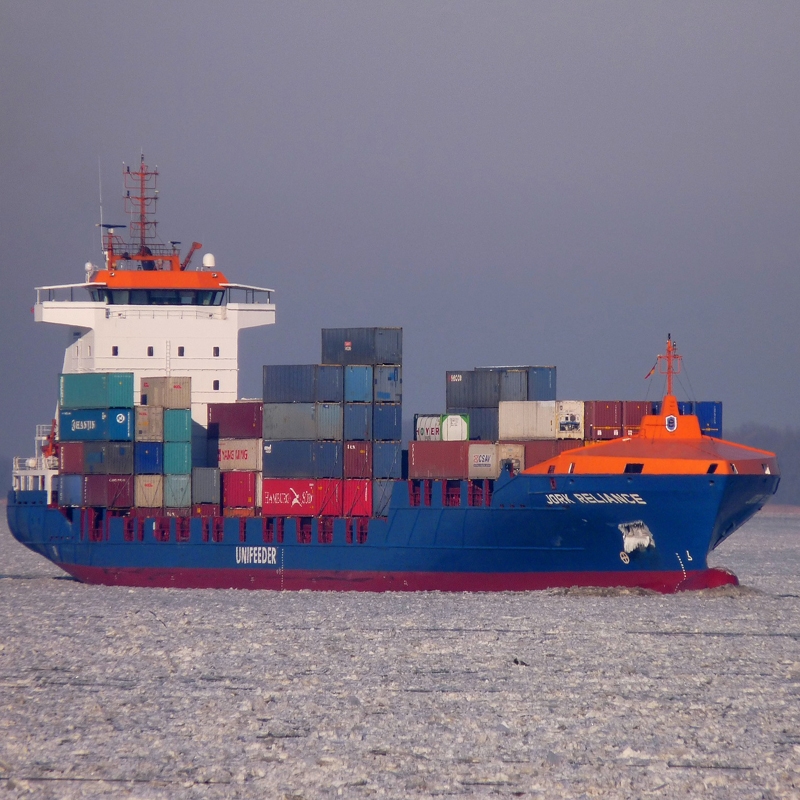

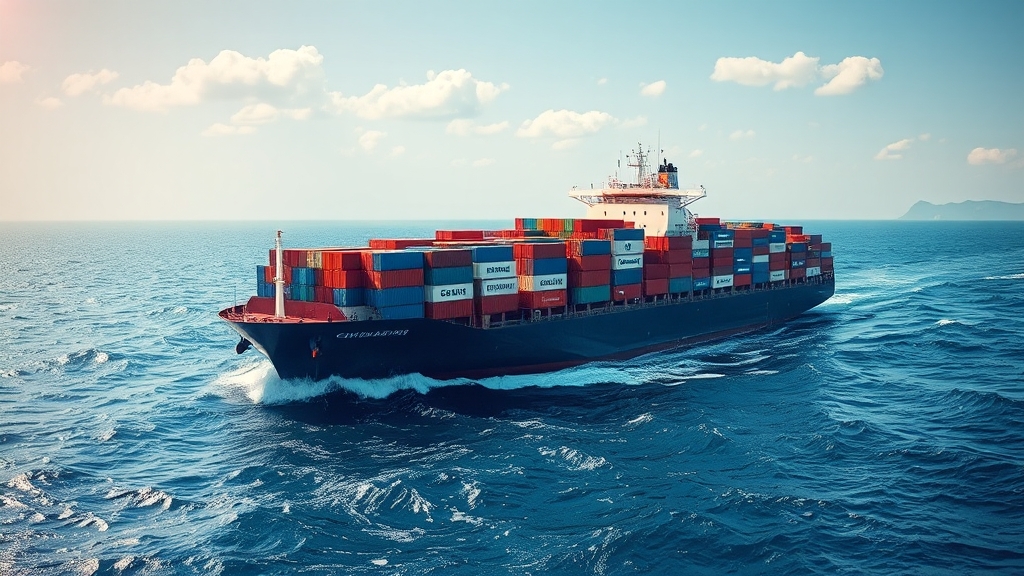
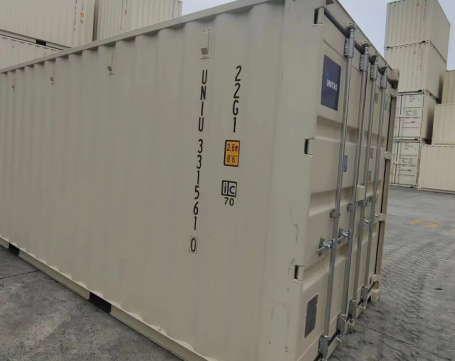

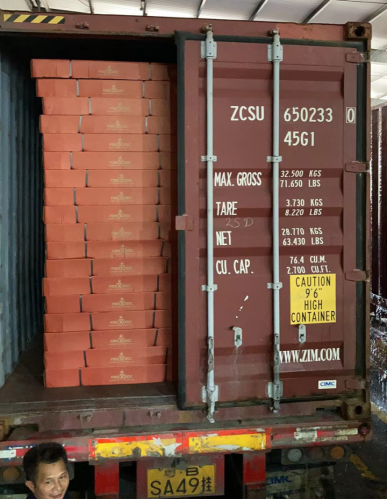
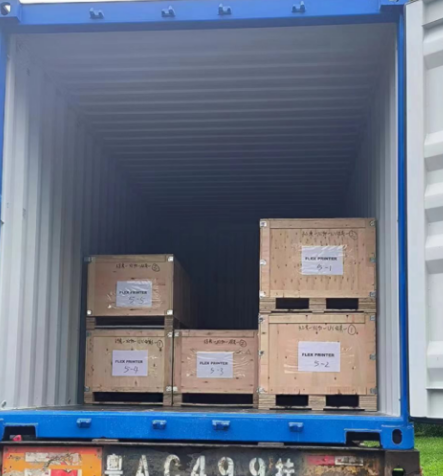
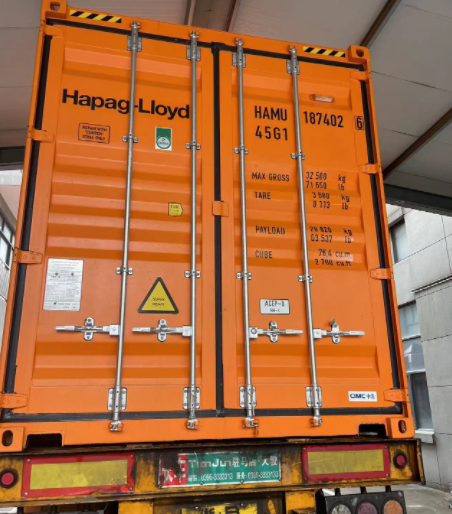
 Afrikaans
Afrikaans Shqip
Shqip አማርኛ
አማርኛ العربية
العربية Հայերեն
Հայերեն Azərbaycan dili
Azərbaycan dili Euskara
Euskara Беларуская мова
Беларуская мова বাংলা
বাংলা Bosanski
Bosanski Български
Български Català
Català Cebuano
Cebuano Chichewa
Chichewa 简体中文
简体中文 繁體中文
繁體中文 Corsu
Corsu Hrvatski
Hrvatski Čeština
Čeština Dansk
Dansk Nederlands
Nederlands English
English Esperanto
Esperanto Eesti
Eesti Filipino
Filipino Suomi
Suomi Français
Français Galego
Galego ქართული
ქართული Deutsch
Deutsch Ελληνικά
Ελληνικά Kreyol ayisyen
Kreyol ayisyen Harshen Hausa
Harshen Hausa Ōlelo Hawaiʻi
Ōlelo Hawaiʻi עִבְרִית
עִבְרִית हिन्दी
हिन्दी Hmong
Hmong Magyar
Magyar Íslenska
Íslenska Igbo
Igbo Bahasa Indonesia
Bahasa Indonesia Gaeilge
Gaeilge Italiano
Italiano 日本語
日本語 Basa Jawa
Basa Jawa ಕನ್ನಡ
ಕನ್ನಡ Қазақ тілі
Қазақ тілі ភាសាខ្មែរ
ភាសាខ្មែរ 한국어
한국어 كوردی
كوردی Кыргызча
Кыргызча ພາສາລາວ
ພາສາລາວ Latin
Latin Latviešu valoda
Latviešu valoda Lietuvių kalba
Lietuvių kalba Lëtzebuergesch
Lëtzebuergesch Македонски јазик
Македонски јазик Malagasy
Malagasy Bahasa Melayu
Bahasa Melayu മലയാളം
മലയാളം Maltese
Maltese Te Reo Māori
Te Reo Māori मराठी
मराठी Монгол
Монгол ဗမာစာ
ဗမာစာ नेपाली
नेपाली Norsk bokmål
Norsk bokmål پښتو
پښتو فارسی
فارسی Polski
Polski Português
Português ਪੰਜਾਬੀ
ਪੰਜਾਬੀ Română
Română Русский
Русский Samoan
Samoan Gàidhlig
Gàidhlig Српски језик
Српски језик Sesotho
Sesotho Shona
Shona سنڌي
سنڌي සිංහල
සිංහල Slovenčina
Slovenčina Slovenščina
Slovenščina Afsoomaali
Afsoomaali Español
Español Basa Sunda
Basa Sunda Kiswahili
Kiswahili Svenska
Svenska Тоҷикӣ
Тоҷикӣ தமிழ்
தமிழ் తెలుగు
తెలుగు ไทย
ไทย Türkçe
Türkçe Українська
Українська اردو
اردو O‘zbekcha
O‘zbekcha Tiếng Việt
Tiếng Việt Cymraeg
Cymraeg יידיש
יידיש Yorùbá
Yorùbá Zulu
Zulu